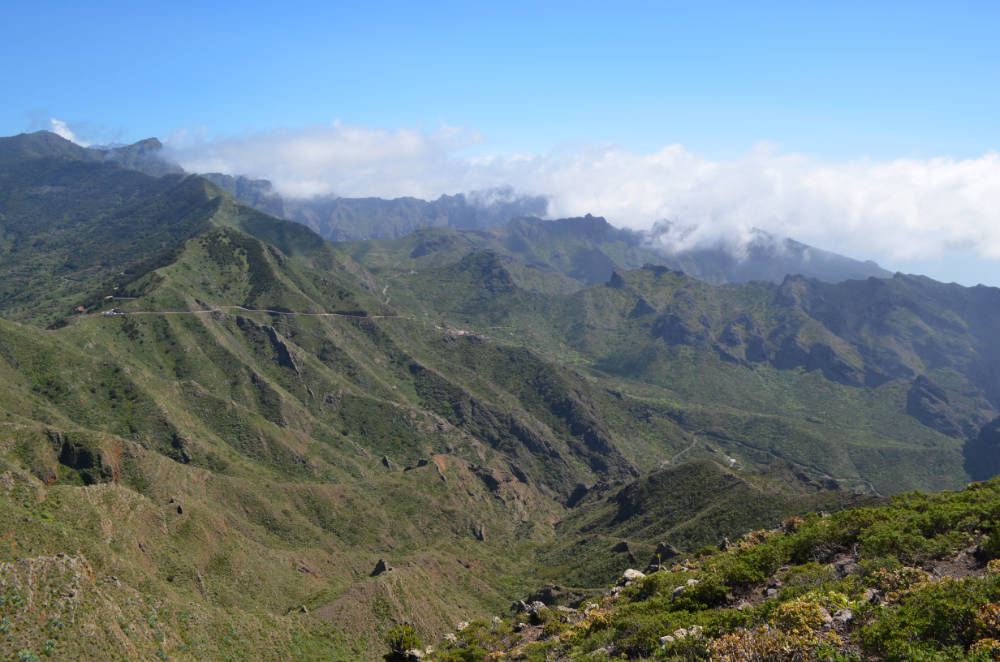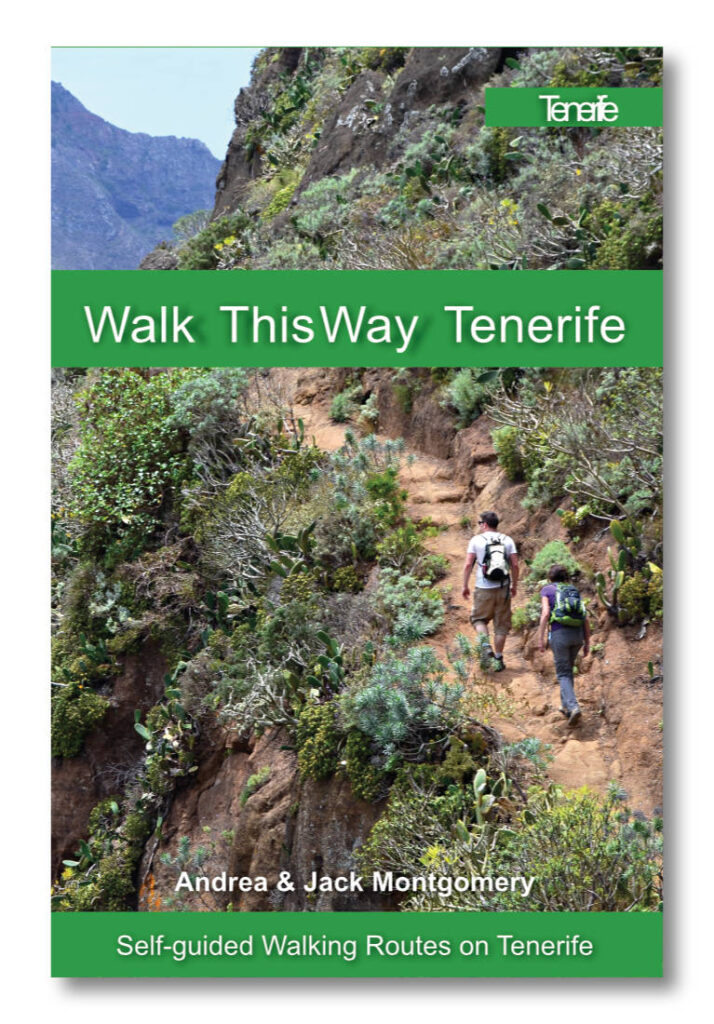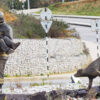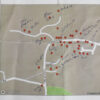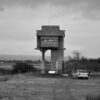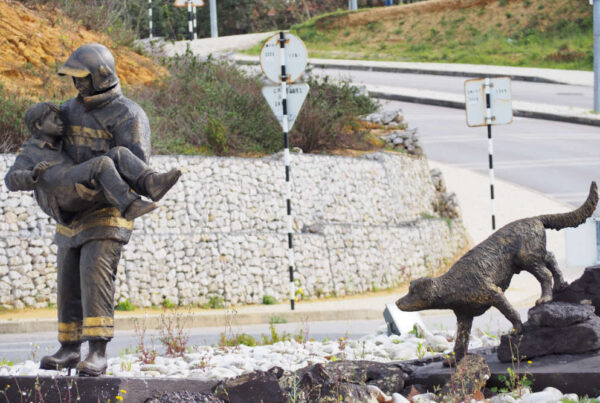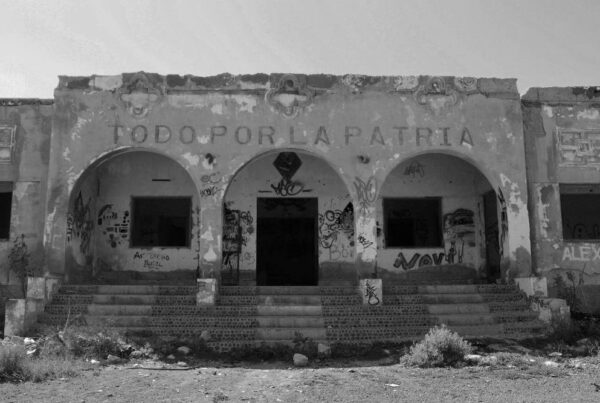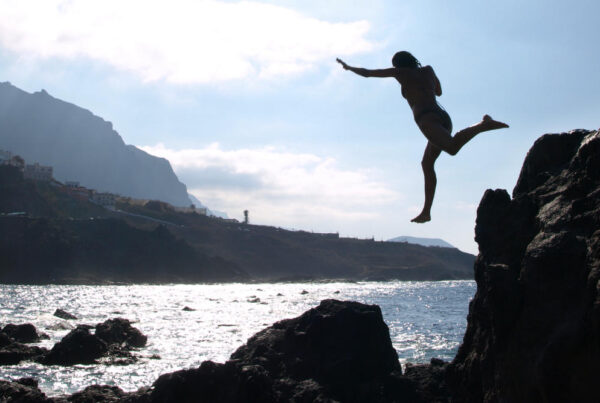‘Do you think what happened to Jay Slater will affect the number of people going on walking holidays?’ asked one of our nieces when we were in Stockport recently. It was a good question. One I hadn’t considered because I didn’t see a connection between Jay Slater and walking holidays, or hiking in general for that matter. When I thought about it, I could understand how widespread news of the teenager’s tragic demise in a remote part of Tenerife might cause some to wonder, ‘are walking holidays safe?’
For those who don’t know, Jay Slater was a teenager who, after a night partying in Tenerife’s southern resorts, went back to an after-party party at a holiday rental near Masca, a hamlet about as far removed from purpose-built holiday resorts as you can get. The following day, he disappeared while trying to make his way back to his resort. When news broke that he was missing, the socials went crazy with outlandish theories. Much of the rubbish online revealed the people who posted it had no knowledge of Tenerife beyond its resorts.
When Andy and I read details relating to his disappearance, it struck us the most likely explanation was he took the road heading north from Masca rather than the one heading south. The southward route is used by many, so he would have encountered plenty of people driving it had he taken it. The road north winds through a very remote area. Few people follow it. It also seemed logical that he might have left the road looking for a short cut. That decision, in an area such as Teno, was his undoing.
I posted this on X (formerly Twitter) at the time.
There are people wondering how anyone could be missing on Tenerife for nearly a week. Well, these images are Teno where there are few people and many ravines. It isn’t difficult to get lost in there and not meet another person.
The images accompanying this showed the area where Jay Slater’s body was eventually found. Despite all the outlandish theories, the poor lad simply picked the wrong direction to walk. Ignorance killed him. Ignorance and underestimating the terrain. Jay Slater wasn’t an experienced hiker. He didn’t have a concept of the potential dangers of heading into unfamiliar terrain without preparation.
Across the world, people get into trouble or go missing on hikes all the time. Usually, it’s reported locally, so anyone who lives outside the area where it happens doesn’t hear about it. Jay Slater’s disappearance made the national news in the UK, as did the case of Dr Michael Mosley on the Greek island of Symi. In that instance, there was a lot of publicity because he was a TV personality. Last year, the body of the actor Julian Sands lay undiscovered for months on Mount Baldy in California. The publicity surrounding all three cases threw a spotlight on the dangers of walking in the wild. Between 2020 and 2023, 100 hikers went missing on the mountain where Julian Sands lost his life. It’s understandable that statistics like that may cause some to have second thoughts about taking up hiking as an activity.
Would it put people off booking walking holidays? The answer I gave my niece was no, I really don’t think so. People who go on walking holidays are generally experienced. Part of the attraction of the countryside is that it’s untamed, not manicured. Any activity in the wilds comes with potential risks.
However, analyse the reason behind most hiking mishaps and it paints a revealing picture.
For example, Mountain Rescue England and Wales were deployed 2775 times in 2023. Almost 80% of incidents were because of poor decision making, inexperience, weather, people being unfit, and inadequate equipment and clothing.
This week, there was a news report about overtourism at Bannau Brycheiniog National Park (formerly the Brecon Beacons) in Wales. Pen Y Fan has become a favourite among Instagrammers, many of whom are unprepared for climbing a mountain used for training by the SAS. When we tackled it a couple of years ago, the path was full of people who were clearly not used to, or prepared for, such a demanding hike. They were accidents waiting to happen.
No activity in the wilds can ever be safe. However, there are several reasons why walking holidays, especially through reputable operators, can reduce the risk of hikers encountering unexpected problems. Hikers are armed with detailed route directions. Routes are graded so walkers can judge which are within their capabilities. Information about ascents and descents is supplied, so no surprise huff and puff climbs. Hikers are advised about weather conditions and what equipment is recommended to suit diverse terrains.
In summary, hikers on walking holidays are well prepared. And that, as statistics show, can make the world of difference.
